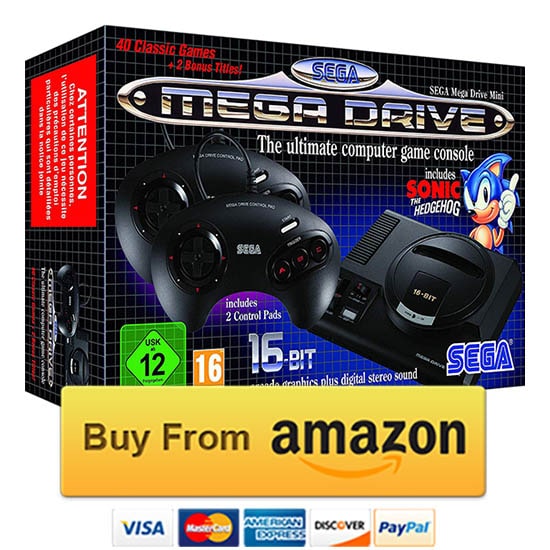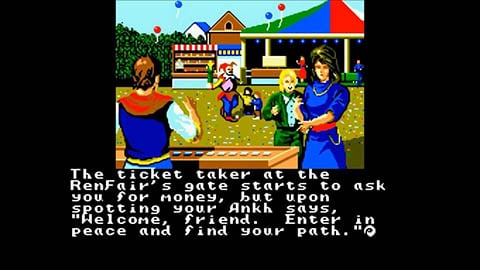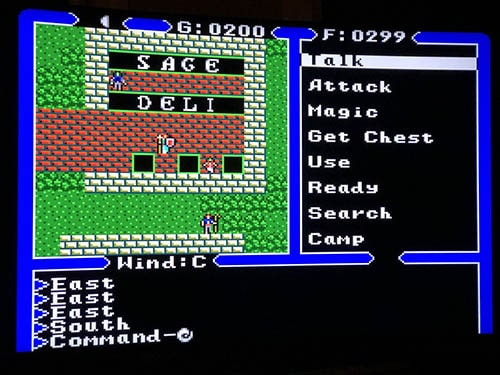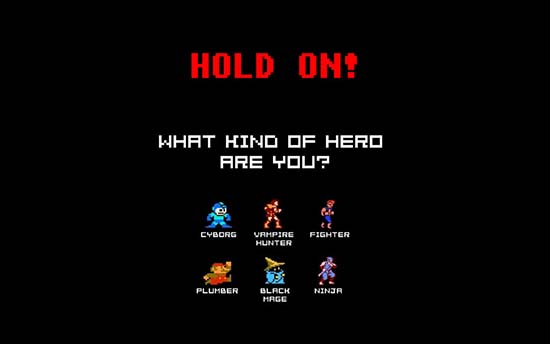Ultima VI: The False Prophet
Platform: MS-DOS
Developer: Origin Systems
Published: Origin Systems
Released: 1990
About Ultima VI: The False Prophet
Ultima VI: The False Prophet is the third and final installment in the “Age of Enlightenment” trilogy. The player returns to Britannia, which is at war with a race of gargoyles from another land. Source
Ultima VI is notable for having a fully continuous world. There is no “world map” in the game; all the locations are seamlessly connected to each other, turning the game world into an open environment. Compared to the previous installments in the series, the game focuses more on quests and exploration rather than on combat. Source
Ultima VI: Epic Intro Video
Plot
Some years after Lord British has returned to power. You, the Avatar are captured and tied on a sacrificial altar to be sacrificed by red demon-like creatures, the gargoyles. Fortunately, on the last second, three of the Avatar’s companions – Shamino, Dupre and Iolo suddenly appear. They save you and collect the sacred text the gargoyle priest was holding.
You and your party flee through a moongate to Castle Britannia, but three of the gargoyles follow. The game begins with a battle, with gargoyles in Lord British’s throne room. After the battle, you learn that the shrines of Virtue were captured by the gargoyles and he embarks on a quest to rescue Britannia from the invaders. Source
Ultima VI: Gameplay Video
Objective in the game
You must help to defend Britannia against these gargoyles, and ultimately discover the secrets about both lands and its peoples. Source
Following the main quest and obtaining specific items and information is necessary to complete the story. However, the player can also opt to bypass a large part of it by using previous knowledge of the game or outside help. Source
Fun facts
The game came with a map of Britannia printed not on paper, but on cloth. The quality of this material enhanced the realism of the world you got into when playing this game. A “moonstone” also came with the package. It was a smooth, black stone.
Of all the Ultima games, Ultima VI is the only one which allows you to win without a single fight, no cheating necessary. Source
Opinion
Ultima VI starts with a mind blowing intro, one of my favorite intros of all time!
Plot of the game is awesome and catchy. However, the game itself unfortunately, has aged. By today’s standards, the in game graphics and gameplay is rather confusing and bumpy. Objects are hard to find from the background, conversations are hard to follow. Ofcourse, if you are a die hard fan of the series, you probably disagree. Compared to what came before, its easy to see just how far the developers came in such a short time.
Back in the day, only the very best PC would be able to experience Ultima VI in all of its glory. At the time of it’s release, sound cards were even not standard issue in PCs. So a vast number of players unfortunately never got experience the game’s soundtrack – Which is actually one of the better preserved part of the game.
My Score for Ultima VI: The False Prophet
Soundtrack: 4.5
Graphics: 3.5
Gameplay: 4
Story: 5
Overall: 4.25
Home Console Ports in 1990
Ultima IV: Quest of the Avatar (NES and Master System)
After the defeat of each of the members of the triad of evil in the previous three Ultima games, the world of Sosaria underwent some radical changes in geography: three quarters of the world disappeared, continents rose and sunk, new cities were built to replace the ones that were lost.
Eventually the world, now unified in Lord British’s rule, was renamed Britannia. Lord British felt the people lacked purpose after their great struggles against the triad were over, and he was concerned with their spiritual well-being in this unfamiliar new age of relative peace, so he proclaimed the Quest of the Avatar: he needed someone to step forth and become the shining example for others to follow.
Unlike most RPGs, the purpose is not to level up to defeat a powerful opponent. Instead, Ultima IV instead requires the player to follow the eight Virtues of Goodness. Source
System differences: NES and Master System
Ultima IV was released to NES by FCI and Pony Canyon. The NES port of Ultima IV is very different from the other versions. The graphics had been completely redone, as was the music, and the dialogue options were greatly reduced. Among other gameplay changes, the player cannot have all seven recruitable characters in the player’s party at the same time. Source
The game jumps directly to the Virtue test. The story from the original introduction is told in the manual instead.
The battle system was altered. Instead of each party member acting individually, the player now enters commands for all party members before any of them are executed.
Spell casting was simplified. To cast a spell, the player must merely have the proper reagents on hand, mixing is not required first. Source
Ultima IV: Quest of the Avatar for the Master System is the only Ultima to be ported to a Sega platform. It was both ported and published by Sega. The port features completely re-drawn graphics (although unlike the NES port, the style was retained from Origin’s version). It has a simpler conversation system. Unlike the NES version, uses the regular Ultima IV background music. Source
There are essentially three major changes in the game:
The first is the dialogue system. The player can only ask things they know about.
All the dungeons are 2D from the top, which makes navigating in them easier.
Unlike the original version which only allowed to attack vertically and horizontally, this uses a combat system that allows to attack diagonally as well. Source
Composed by: Retroconsole xyz




















